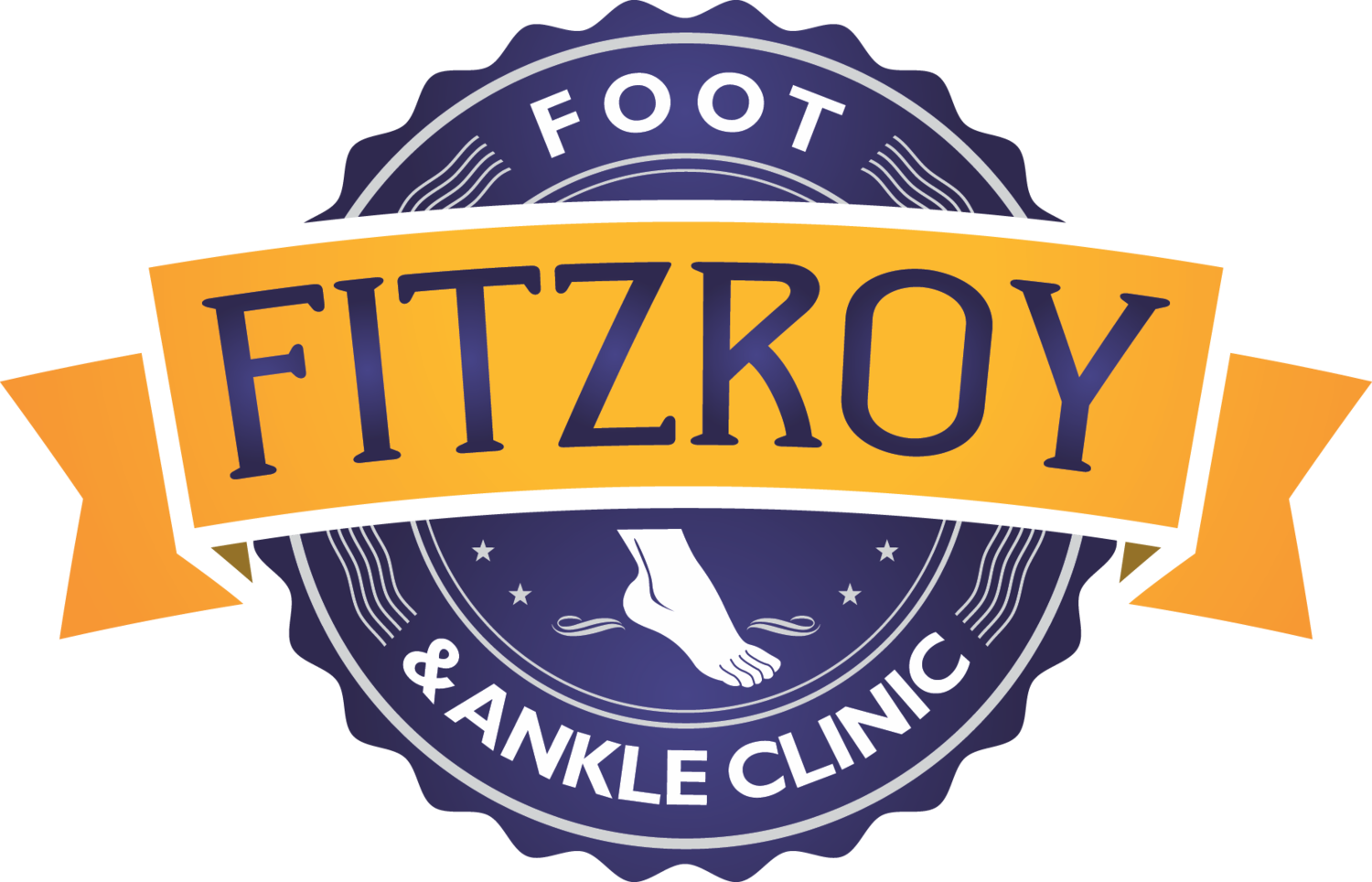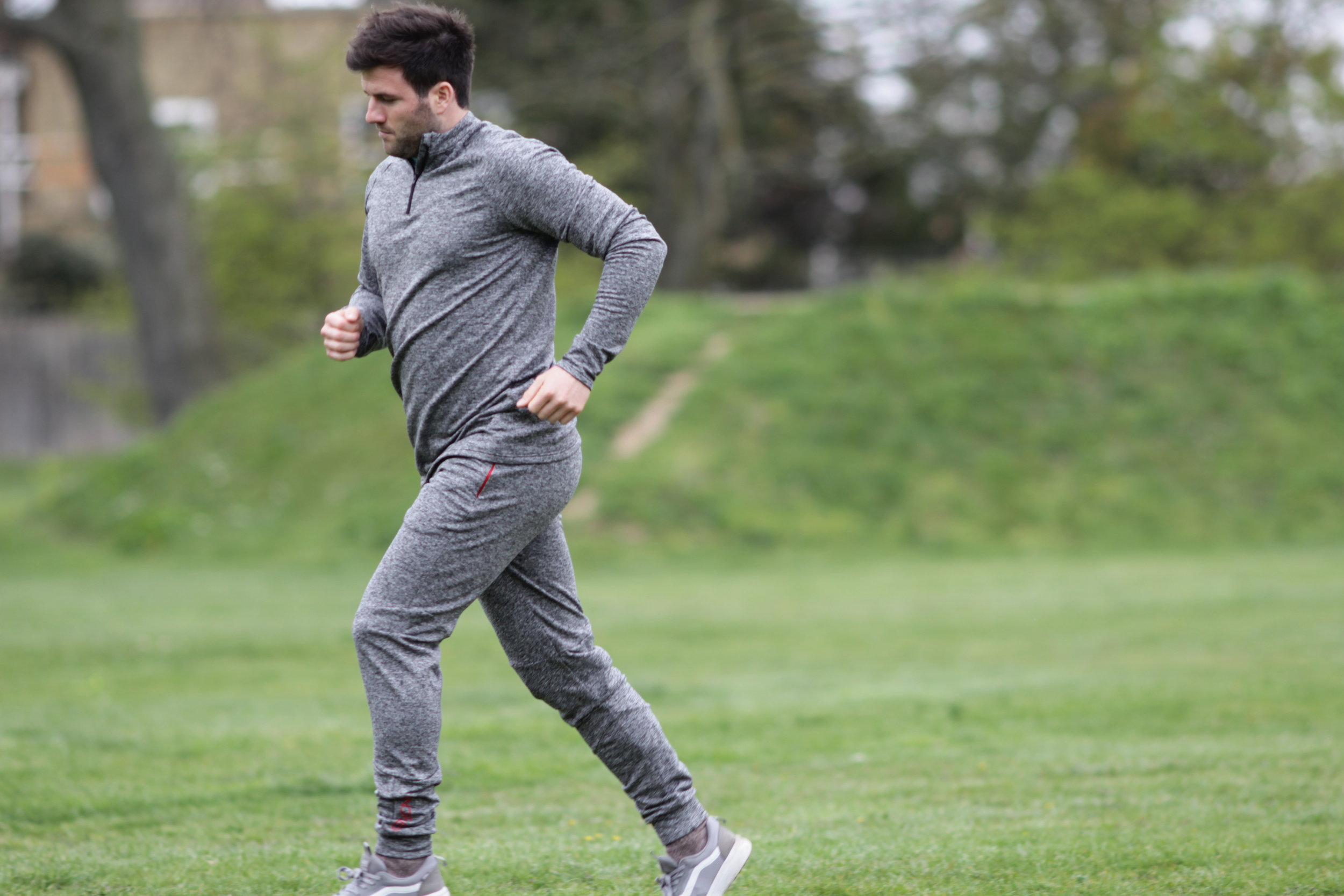The human body is an amazing and adaptable creation that is capable of withstanding tremendous forces over long periods. An activity that applies high forces is running. For every step taken when running, 4-8 times your body weight travels through each joint. For most of us, these forces are manageable and running is an enjoyable activity. However, sometimes our body’s system of protection falters, and an injury occurs.
This guide will help you to understand a few key principles regarding the causes of running injury. Hopefully, by providing this education you will have to the tools to prevent a running injury, recognise some of the warning signs, and understand when to seek help from our team of podiatrists if an injury does occur.
Tissue overload
It seems obvious, but the cause of a running injury, is running. Although asking people not to run if they get an injury is a simple solution, it is often not a desired outcome. When we run, if certain tissues don’t have the capacity to cope with that load of running, they can breakdown. Although our body is an amazing organism than can adapt to load, sometimes the load is too great or was applied to quickly for the body to adapt. These injuries can occur to any tissue in the body, including bone (in the form of a stress fracture), tendon (in the form of tendinitis) or muscle (in the form of a strain).
There are several variables that can increase the likelihood of getting a running injury. The key to staying healthy, is to carefully manage each variable as much as possible.
Possible causes of tissue overload
TRAINING VOLUME
Increasing total training volume too quickly (i.e. running 30km in one week, then running 55km the next week). You can learn more about training errors here.
TRAINING INTENSITY
Increasing the intensity of runs before your body can handle it. Intensity refers to the speed of the run or the amount of effort involved. You can learn more about managing running load here.
CORE STABILITY
A lack of core strength (strength of the trunk) can lead to poor running biomechanics. This may increase the risk of a running injury.
TRAINING SURFACE
The surface or terrain you run on (e.g. too much concrete, or trails with uneven surfaces) may increase the load on certain tissues, which may lead to an injury.
FOOTWEAR
The footwear you choose may increase load on certain tissues. For example, poorly fitted shoes, the incorrect shoe for your foot type, or worn shoes may lead to an injury. You can learn more about running footwear here.
POOR PHYSICAL STATE
Training when tired or sick (i.e. when the body is already coping with “stress”) and the stress of running is added on top can lead to an injury.
CROSS TRAINING
Sometimes, it’s not even running that causes an injury, but an activity such as lifting weights in the gym, which can overload a muscle or muscle group, causing this area to be vulnerable when it’s then placed under running stress. Cross training can have important benefits so it is important the actives are managed appropriately.
COMPETITION
“White line fever,” or pushing the body too much when its current physical condition does not meet an ambitious goal may overload certain tissues.
TRAINING PROGRAM
Injury risk is increased when a running program does not align with the runner’s current ability, their injury history, or their future goals. The best training program is one that is specific and unique to the individual, their current ability, health status and goals.
INJURY HISTORY
This includes returning to training too quickly, after an injury. Weakened, pathological tissue requires full and complete healing, followed by the appropriate amount of specific strengthening, before it can safely withstand the stress of running.
“A critical factor to prevent a running injury is to build consistency in your running training. Ensure you always run within your limits, to your ability, follow a training program that is carefully designed for you by a health professional or qualified running coach.”
Training erros
Training errors are the most common cause of running injuries. Find out how to eliminate training errors.



